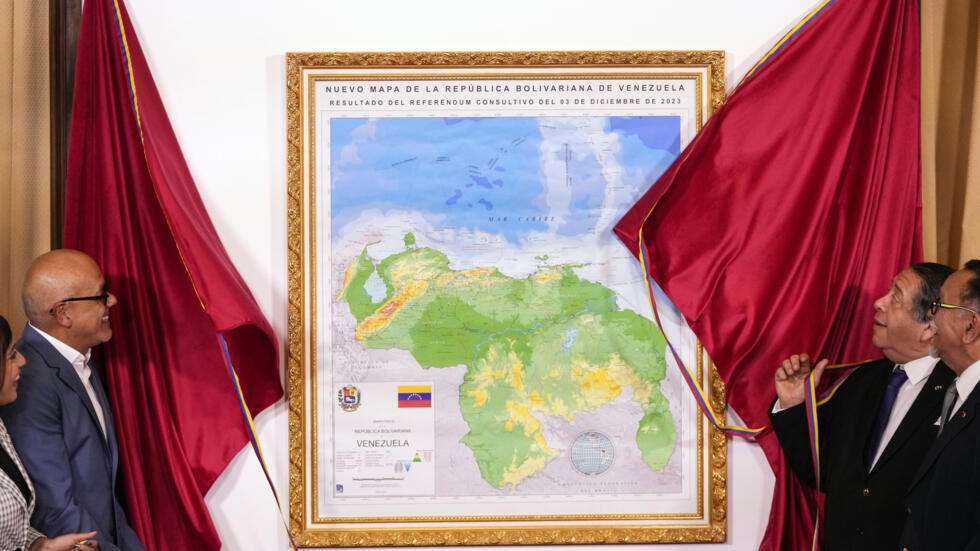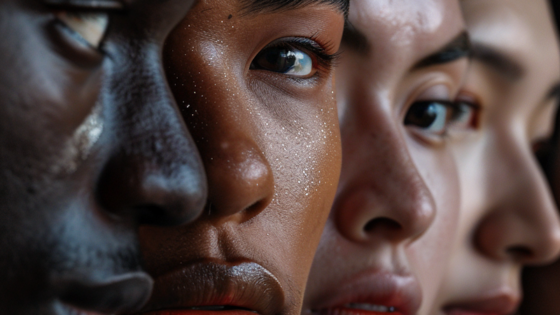on
BY SIMONE J. SMITH
“All of this belongs to Guyana; no narrative propaganda (or) decree can change this. This is Guyana.” Guyana President Irfaan Ali
On December 3rd, 2023, Venezuela held a referendum to consult the population on whether they agreed that Venezuela should exercise effective sovereignty over the Essequibo territory – a territory of approximately 160,000 km east of Venezuela, that is claimed by both, but currently belongs to Guyana.
The result was that more than 10 million voters approved the proposal, but it aroused reactions in both countries and the international community. The President of Guyana, Irfaan Ali, assured his citizens that the Essequibo, which makes up two-thirds of the country, would be protected against any possible claim. He warned Venezuela to respect the rule of law and to obey the decision of the International Court of Justice (ICJ) issued on December 1st, 2023, to avoid any action aggravating the territorial dispute.
This is a conflict that comes with a complex history, one that I will not be able to completely flush out in this article, but I will do my best to highlight some important parts. Please anyone from Guyana who is more versed on this topic, I would love to hear your comments, and hear more from the Guyanese community.
The Essequibo territory is more than twice the size of New Brunswick with a population of 125,000 people. It has vast forest and water reserves, making it a potential source of hydroelectric energy. Additionally, it houses significant deposits of precious minerals such as gold, which has been reportedly exploited by Guyana since 1841 when the territorial dispute with Venezuela began. The most attractive asset of the Essequibo is undoubtedly its reserve of oil and gas located in an area of about 26,000 square kilometers known as Stabroek, and much of this reserve is in the territorial waters of the region contested by Venezuela.
The century-old dispute was recently reignited with the discovery of oil in Guyana, and it escalated when Venezuela reported that its citizens had voted in a December 3rd, 2023 referendum to claim two-thirds of their smaller neighbor. After claiming a landslide “victory” in the vote—which suffered from low turnout—Venezuela’s President Nicolás Maduro ordered state officials to start granting oil and mineral licenses there and proposed a law to evict companies working there under Guyana concessions. Exxon discovered oil in the region in 2015—so much oil that it transformed Guyana’s economic future overnight. Now Exxon’s discovery, and Guyana’s economic powerhouse, are at risk. Guyana’s defense force has reached out to military counterparts, including the US.
The leaders of Guyana and Venezuela promised in a tense meeting in the first week of December that neither side would use threats, or force against the other, but failed to reach agreement on how to address a bitter dispute over a vast border region rich with oil and minerals that has concerned many in the region.
Instead, a joint commission composed of the foreign ministers of both countries and other officials will address the problem, with a report expected within three months.
Guyanese President Irfaan Ali and Venezuelan President Nicolás Maduro agreed to meet again in Brazil within three months, or at another agreed-upon time, according to an 11-point declaration read at a press briefing late Thursday at which no question.
Tension over the border region of Essequibo has raised worries about a military conflict, though many believe that is unlikely. Venezuela insists Essequibo was part of its territory during the Spanish colonial period, and argues a 1966 Geneva agreement among Venezuela, Britain and then-British Guiana, now Guyana, nullified a border drawn in 1899 by international arbitrators.
So, what is the possible solution to this nearly 200-year-old territorial conflict between the two countries? Some say it is risky to specify a solution. Any solution begins with the legitimacy and transparency of the public policies of the conflicting governments. Then it is essential to re-establish a permanent binational commission to pave the way for a peaceful solution. Finally, but not exclusively, in the case of the Essequibo dispute, negotiations should aim to establish a model of sustainable cooperation that respects indigenous communities and their natural environment.
Stay in the loop with exclusive news, stories, and insights—delivered straight to your inbox. No fluff, just real content that matters. Sign up today!
We, as humans are guaranteed certain things in life: stressors, taxes, bills and death are the first thoughts that pop to mind. It is not uncommon that many people find a hard time dealing with these daily life stressors, and at times will find themselves losing control over their lives. Simone Jennifer Smith’s great passion is using the gifts that have been given to her, to help educate her clients on how to live meaningful lives. The Hear to Help Team consists of powerfully motivated individuals, who like Simone, see that there is a need in this world; a need for real connection. As the founder and Director of Hear 2 Help, Simone leads a team that goes out into the community day to day, servicing families with their educational, legal and mental health needs.Her dedication shows in her Toronto Caribbean newspaper articles, and in her role as a host on the TCN TV Network.













